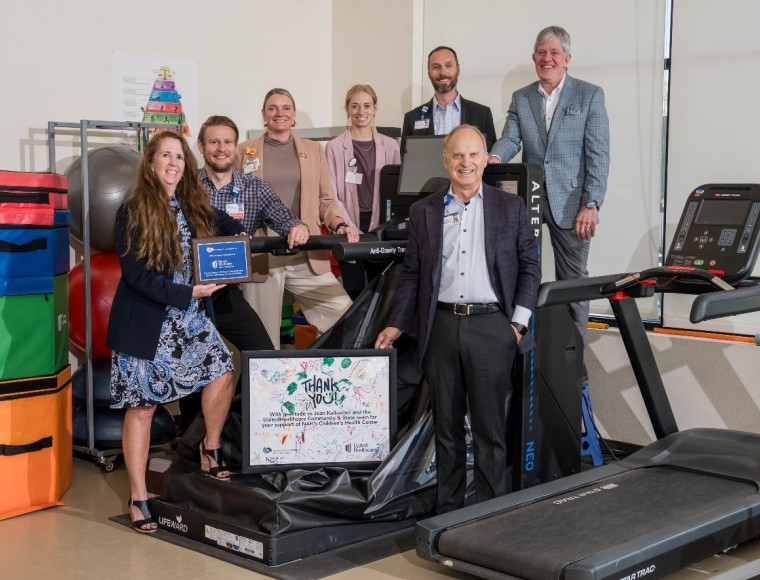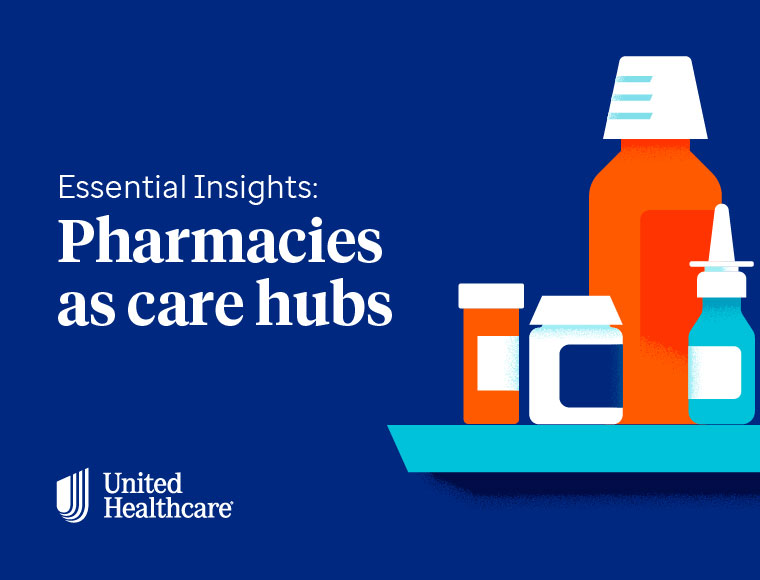Known as the Land of Enchantment, New Mexico’s unique diversity of landscapes is matched only by its population diversity, which includes nearly 50% Hispanic and 9% Native American residents.1
New Mexico has one of the largest proportions of rural residents in the country.2 However, these rural residents also experience the highest poverty rate among rural Americans.2 Bringing health care to these individuals is challenging, but efforts are being made to improve health outcomes through increased access to care and programs such as telehealth services.
At UnitedHealthcare, we are working to continue to build on telehealth delivery, support standard screenings and data sharing, and maximize the medical loss ratio to reduce social risk factors. The statistics you’ll read here affect New Mexico’s overall population health, yet they represent significant opportunities for managed care organizations to make an impact on social drivers of health.
New Mexico’s youngest residents need better health outcomes.
75% of all New Mexican births are covered by Medicaid. We can influence health for both people who are pregnant and infants by building on and improving prenatal, perinatal, and postpartum Medicaid services. The percentage of New Mexico births in which the patient received no prenatal care or a low level of prenatal care increased in 2017 to 16.0% from 15.1% in 2016.1 Parents younger than 20 years of age received the lowest level of prenatal care.1
Ranking sixth-highest in teen births nationwide, New Mexico also ties for the sixth-lowest average birth weight.3 And the percentage of infants with low birth weight has been increasing, rising from 8.7% in 2015 to an astonishing 9.5% just two years later.1 These infants stand to benefit from the support that managed care can provide.
New parents need more support, too.
The mortality rate for pregnant individuals in New Mexico averages 26 per 100,000 births.4 To address this, the state has expanded postpartum coverage up to one year, ensuring access to crucial services and supports that may help to reduce the mortality rate. We’re also encouraging the state to cover doula care and to provide more support for members who live in rural communities.
It takes a village to improve health.
We’re innovating in the area of care delivery across the state of New Mexico for people who need services ranging from perinatal care to behavioral health care. New Mexico’s challenges represent tremendous opportunity to support innovations in the delivery of care.
Another way we work to improve health outcomes is through the partnerships we’ve built with community organizations. These organizations understand the specific health challenges of the residents as well as other key social drivers of health, and they can provide unique insight into the best ways to deliver care for the biggest health challenges New Mexicans face.
Changing the New Mexico health landscape through collaboration.
New Mexico represents a great opportunity to make a difference through managed care and the customized supports that can be developed through collaboration with community organizations. We’re working to make New Mexico a healthier state.
Sources
- State Center for Health Statistics, 2017. New Mexico Selected Health Statistics Annual Report 2017. Santa Fe: Bureau of Vital Records and Health Statistics, Epidemiology and Response Division, p.3.
- Reagan S. Rural NM has the highest poverty rate among all states’ rural areas. Bizjournals.com. https://www.bizjournals.com/albuquerque/news/2016/12/09/rural-nm-has-the-highest-poverty-rate-among-all.html. Published 2016. Accessed September 25, 2022.
- Center for Health Statistics: Stats of the State of New Mexico. Centers for Disease Control and Prevention. https://www.cdc.gov/nchs/pressroom/states/newmexico/newmexico.htm. Published 2018. Accessed September 25, 2022.
- State Center for Health Statistics, 2017. New Mexico Selected Health Statistics Annual Report 2017. Santa Fe: Bureau of Vital Records and Health Statistics, Epidemiology and Response Division, p.45.











